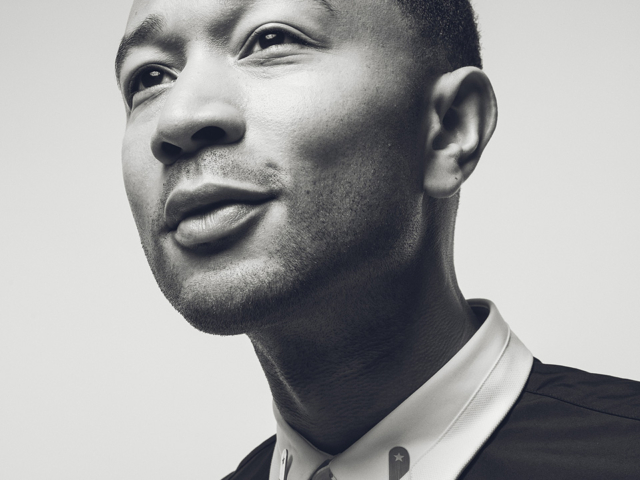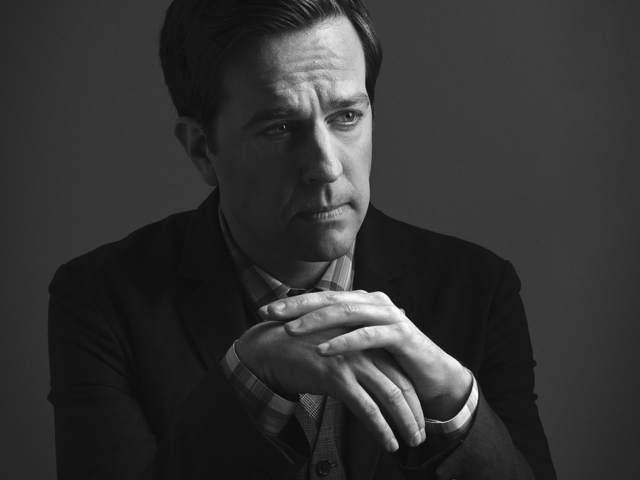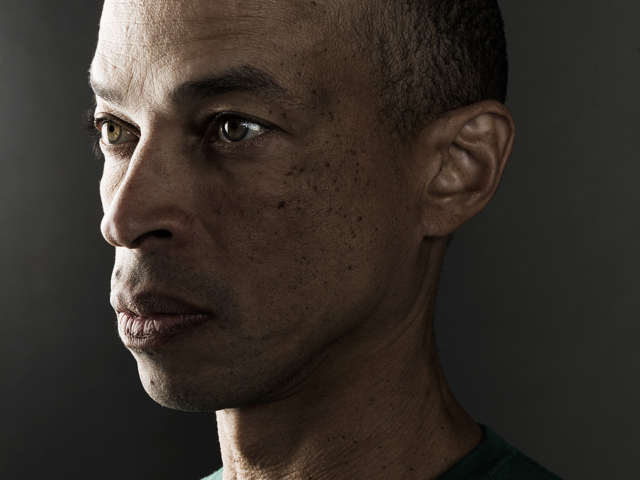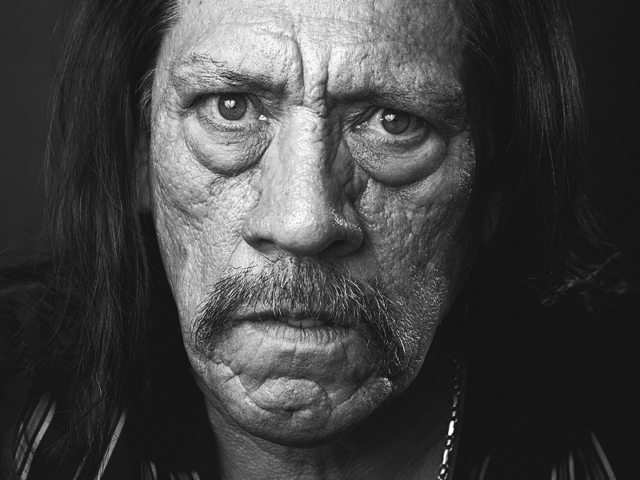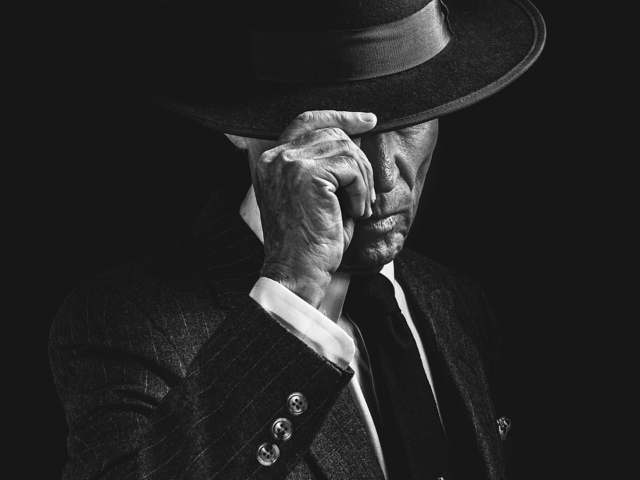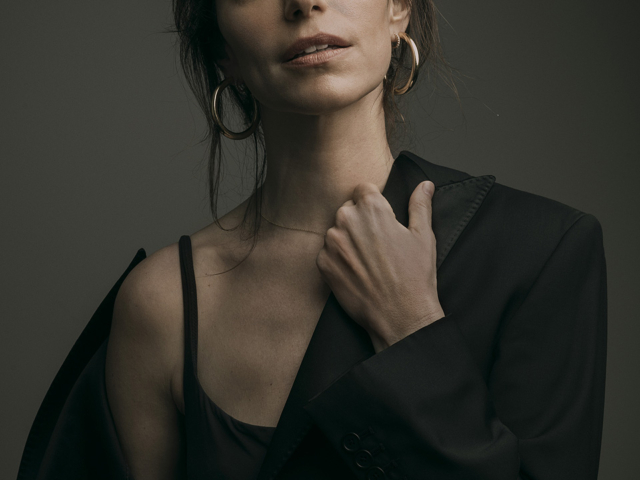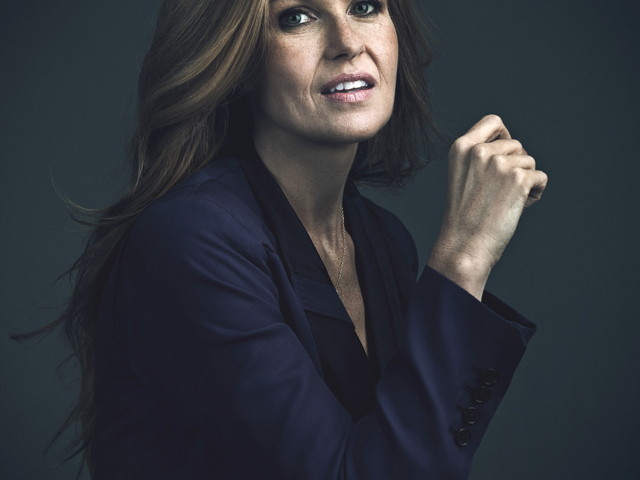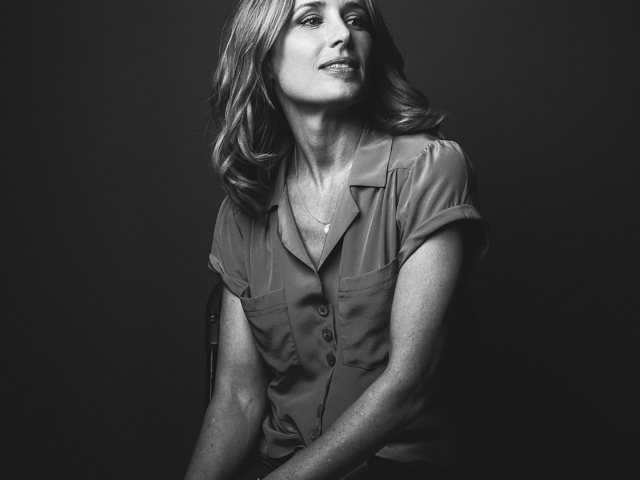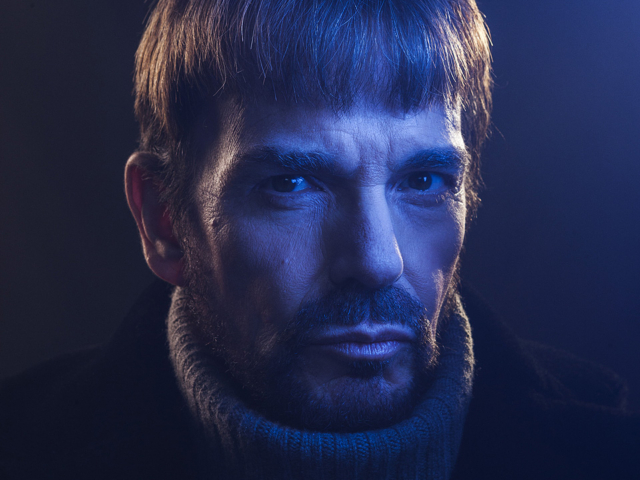Kevin Scanlon
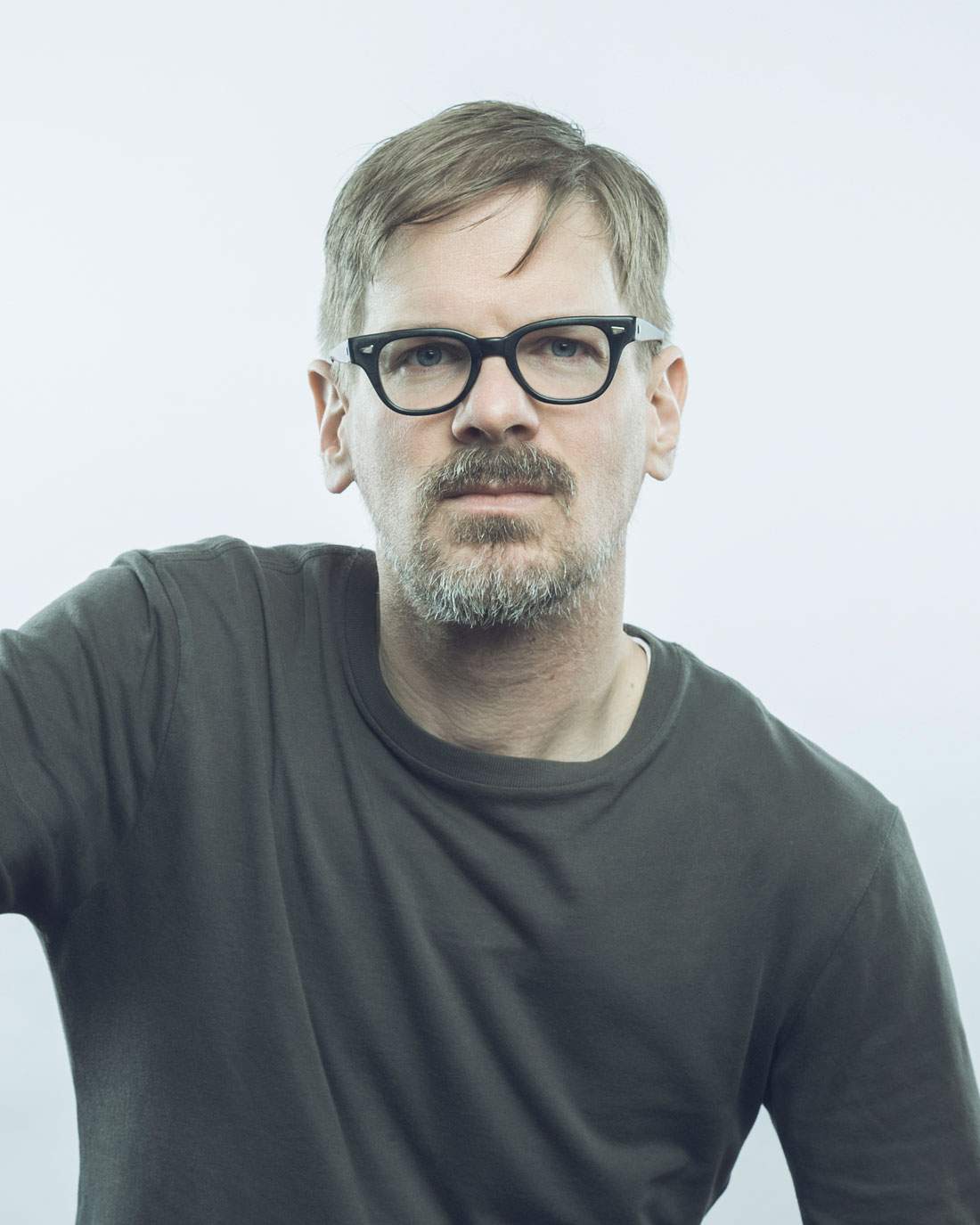
About
Kevin Scanlon (www.kevinscanlon.com) is an award-winning freelance portrait photographer. In 2001, he quit his day-job in Arizona as a database administrator to become a professional photographer, before moving to Los Angeles in 2003. His clients include LA Weekly, New York Times, Darko Entertainment, Merck, and Warner Brothers Records. His early work consisted of music photography, and his images appeared on Weezer t-shirts and Jimmy Eat World album artwork. More recently, portraiture for editorial and advertising has been his concentration.
Gallery
LACP Interviews Kevin Scanlon
LACP asks Kevin Scanlon ten questions about his background, career in and beliefs about photography.
Los Angeles Center of Photography: What kind of photographer are you?
Kevin Scanlon: My commissions are for portraiture, and I shoot landscapes for therapy.
LACP: How long have you been shooting?
KS: I started shooting professionally in 2001.
LACP: Where did you get your training?
KS: I studied photography at several colleges including RIT.
LACP: When did you know you wanted to devote your life to photography?
KS: The seed was planted when I was in 9th grade, and it was confirmed when I didn’t make it as a rock star in my late-20s.
LACP: Did you ever come close to giving up?
KS: The thought never crossed my mind.
LACP: Have you sacrificed anything by being a photographer?
KS: Yes, I could have continued my last day job as a database administrator for a cell phone company and have financial stability, benefits like health insurance, sick pay, vacation pay, etc.
LACP: What have you gained by being a photographer?
KS: Happiness.
LACP: What classes do you teach at LACP?
KS: Mostly studio lighting classes.
LACP: What do you love most about teaching?
KS: Sharing my knowledge and experience, and seeing students take the basics I taught and expand them into new, surprising ideas.
LACP: What advice would you give someone who is thinking about making a career in photography?
KS: Studying at LACP will provide the fundamentals for technique and process. Assisting a working photographer can help you learn about running the business, working with clients, shooting, post-production, etc. Once you’re ready to take the plunge, follow the age-old conservationist bumper sticker: Think globally, act locally.


